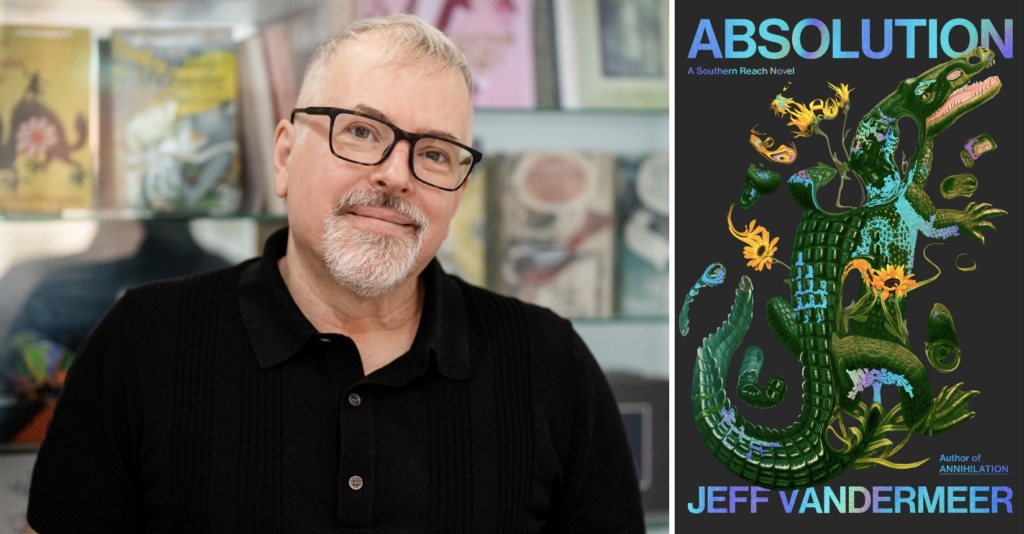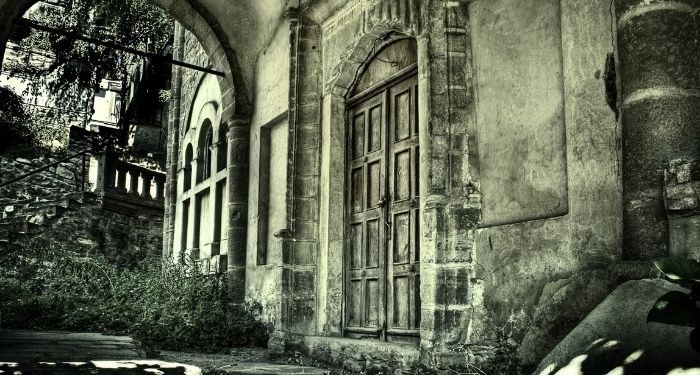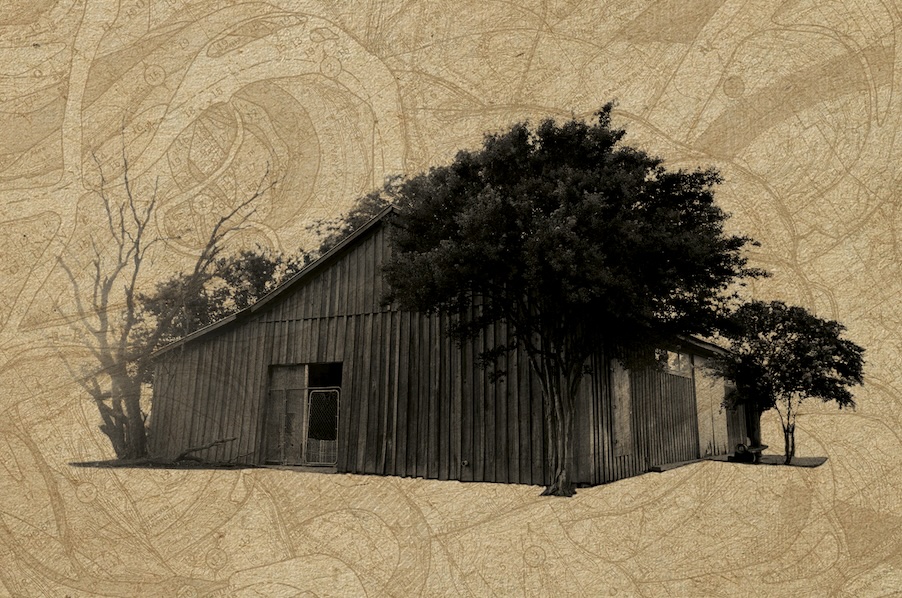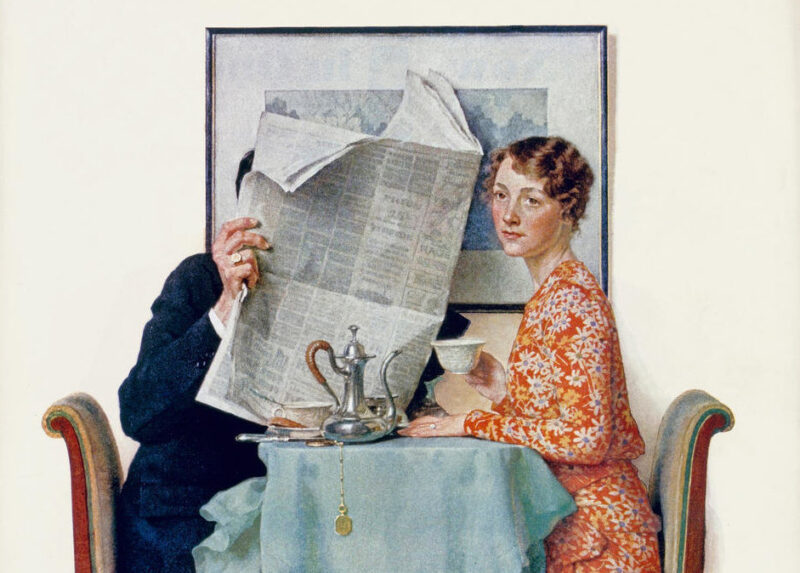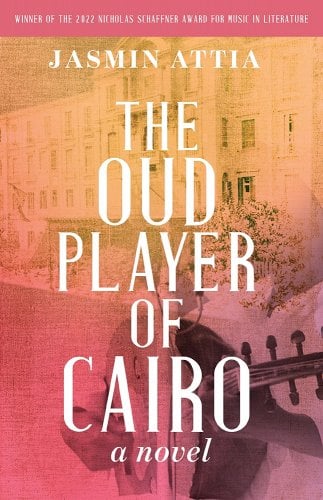In a work of fiction, place is a character, but unlike mortal characters and their short lives, places are seemingly infinite. Their beginnings are recorded in history books but are distant dawns to its dwellers. We are shaped by place. We fall in love in alleyways and conspire in cafés. We plant our fruits in dark fertile earth where roots take hold, and we bury our dead deep within so that we can stand in a single place to mourn.
When I wrote The Oud Player of Cairo, conveying the complexity of the city, its history, its architecture, and its cultural imprint was just as important as each character’s story. As Laila, a talented singer with a stunning voice, and her oud playing father, Kamal, navigate Cairo circa 1940, they are met with challenges unique to their place and time.
Literature abounds with stories that take place in Egypt’s capital city. The novels below are set in Cairo, and each offers varied vantage points from which a reader can see the city. Together, they create a complex portrait.
The Cairo Trilogy by Naguib Mahfouz, translated by William H. Maynard
Set in Cairo between 1917 to 1952, the Cairo Trilogy traces the evolution of a country and its people. It follows the life of a strict father who rules his family with the proverbial “iron fist,” but has a secret life of debauchery. The trilogy is often seen as a criticism of inequity between the sexes, and of an unrealistic set of ideals imposed upon women by men. Mahfouz won the Nobel Prize for a later novel, Children of Gebelawi, and is considered the godfather of modern Arabic literature. The Cairo Trilogy, among many of his novels, has been dramatized in Egyptian cinema and television.
The Open Door by Latifa Al-Zayyat, translated by Marilyn Booth
The Open Door is considered a landmark of women’s writing in Arabic. Written in 1960 by Latifa al-Zayyat, a feminist and activist, this semi-autobiographical novel is set in Cairo in 1946 and examines the relationship between feminism and nationalism. Themes of personal freedom, agency, and sexual awakening are intertwined with nationalist ideas. The novel offers a rich depiction of a city and country at a political coming-of-age moment from a woman’s point of view.
I Do Not Sleep by Ihsan Abdel Quddous, translated by Jonathan Smolin
Set in cosmopolitan Cairo, this novel was written by Ihsan Abdel Quddous in 1969. Quddous was shunned by the literati for many years, having been dubbed “the bedroom writer” for his liberal sex scenes and his exploration of female desire. Almost all his work—novels, short stories, and scripts—is written from a woman’s point of view. Considered lowbrow, his fiction wasn’t translated into English until 2021 when Jonathan Smolin published his translation of I Do Not Sleep. However, his work is a pillar of Egyptian literature and cinema. Also important about Quddous’s writings are the veiled political themes in the wake of the 1952 Nasser revolution. I Do Not Sleep is about a young girl who makes up a story of her stepmother’s infidelity to get rid of her. Later, when she sets her father up with a friend, she learns that the friend is only after her father’s money and already has a lover. This novel is an important read because it provides a deeper understanding of the modern Cairene women of the 1960s.
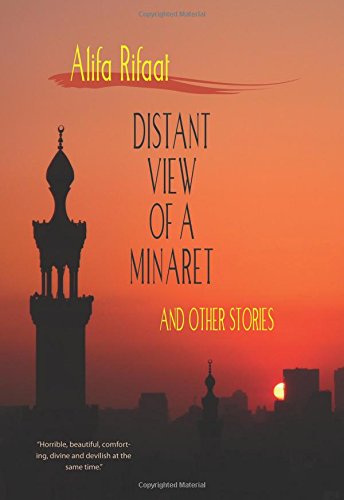
Distant View of a Minaret by Alifa Rifaat, translated by Denys Johnson-Davies
First published in Arabic is 1983, this short story collection by Alifa Rifaat is told from the point of view of a woman living in Cairo and within the constraints of an orthodox Muslim society. Unlike Quddous’s characters, Rifaat’s are not educated, cosmopolitan, or free. Instead, Rifaat offers a portrait of the sexual and emotional frustrations of the traditional Egyptian woman. Rifaat did not go to university, travel abroad, or speak English. Her work is considered uninfluenced by Western ideology and, therefore, an important piece of feminist literature written by an Arab woman for Arab women. Luckily, this collection was translated in 1987, and is now available in English.
The Map of Love by Ahdaf Soueif
Set in Cairo over two timelines, The Map of Love by Ahdaf Soueif follows the lives of Isabel Parkman, a divorced American journalist who is falling in love with an Egyptian-American conductor in 1999, and her grandmother, Anna Winterbourne. Anna moves to Egypt from England in the early 1900s, and she is captivated by the Egyptian nationalist Sharif Pasha Al-Baroudi. Isabel is on a journey to discover the truth of her own history as she retraces the footsteps of her grandmother in Egypt a hundred years prior. The reader experiences two versions of Cairo, new and old, in this romantic and political historical.
The Yacoubian Building by Alaa Al Aswany
The Yacoubian Building by Alaa Al Aswany is a story about a building in old Cairo that was built before the 1952 Nasser revolution. The building is a clear representation of the sweeping changes that occurred in Egypt after 1952. The novel highlights the losses and the swift shifts in power that take place within the space of a few decades. It follows the lives of the residents of the Yacoubian building as they confront social, political, religious, financial, and sexual challenges. The Yacoubian Building offers a view of Cairo unlike any before it, and it homes in on the particularly tumultuous aftermath of a monarch being ousted. This novel was dramatized in Egyptian cinema and television.
Chronicle of a Last Summer by Yasmine El Rashidi
In her novel, Chronicle of a Last Summer, Yasmine El Rashidi tells the story of a young Egyptian woman throughout three distinct periods of her life: youth to early adulthood, her time in college as an aspiring filmmaker, and years later, after Egypt’s President Mubarak loses power during the Arab Spring and she explores her own past. The reader visits and revisits Cairo as the main character and the country come of age.
The Girl with Braided Hair by Rasha Adly, translated by Sarah Enany
An art historian, Yasmine is restoring a painting when she realizes that a lock of hair is embedded in it. There is no record of the mysterious painting’s transfer to the museum where Yasmine works, and she is propelled on an extraordinary journey to discover the painting’s history. Rasha Adly’s The Girl with Braided Hair takes its readers on a journey through modern Cairo and Cairo in the late 1700s, at the close of the French Campaign in Egypt. Originally written in Arabic and translated into English, this novel offers a unique perspective into the lives of two different women living more than two hundred years apart.
Cairo Circles by Doma Mahmoud
In Doma Mahmoud’s thrilling novel, Cairo Circles, the city comes to life as the reader follows six young Egyptians whose lives interconnect and collide over the course of a decade. Mahmoud explores the impact of class and privilege on society, from Zeina, the housekeeper’s daughter, to Taymour, who is wealthy but neglected by his alcoholic mother. There is also interplay and juxtaposition between Sheero, an NYU student from Cairo, and his cousin Amir, who makes his way to New York, becomes radicalized, and commits a tragic act of terrorism. This elegantly written story provides readers with an enthralling—and educational—view of modern Cairo and Cairene society.
If an Egyptian Cannot Speak English by Noor Naga
This novel by Noor Naga offers an ultra-modern, gritty, and unflinching portrayal of an underbelly of Cairo rarely written about. An Egyptian-American graduate of Columbia University is having an identity crisis. She escapes her divorcing parents in New York and heads to Cairo to ostensibly find herself. There she is seen as “the other,” but she also benefits from the immediate high status that comes with being from America. When she meets an unemployed man from a poor village and enters into a dangerous liaison with him, Naga takes the reader on an emotional and intellectual journey. The story is told from two different points of view, and it challenges the traditional sense of hero and heroine. It is about colonialism, identity, class, sex, and politics, with Cairo as a major character.




































